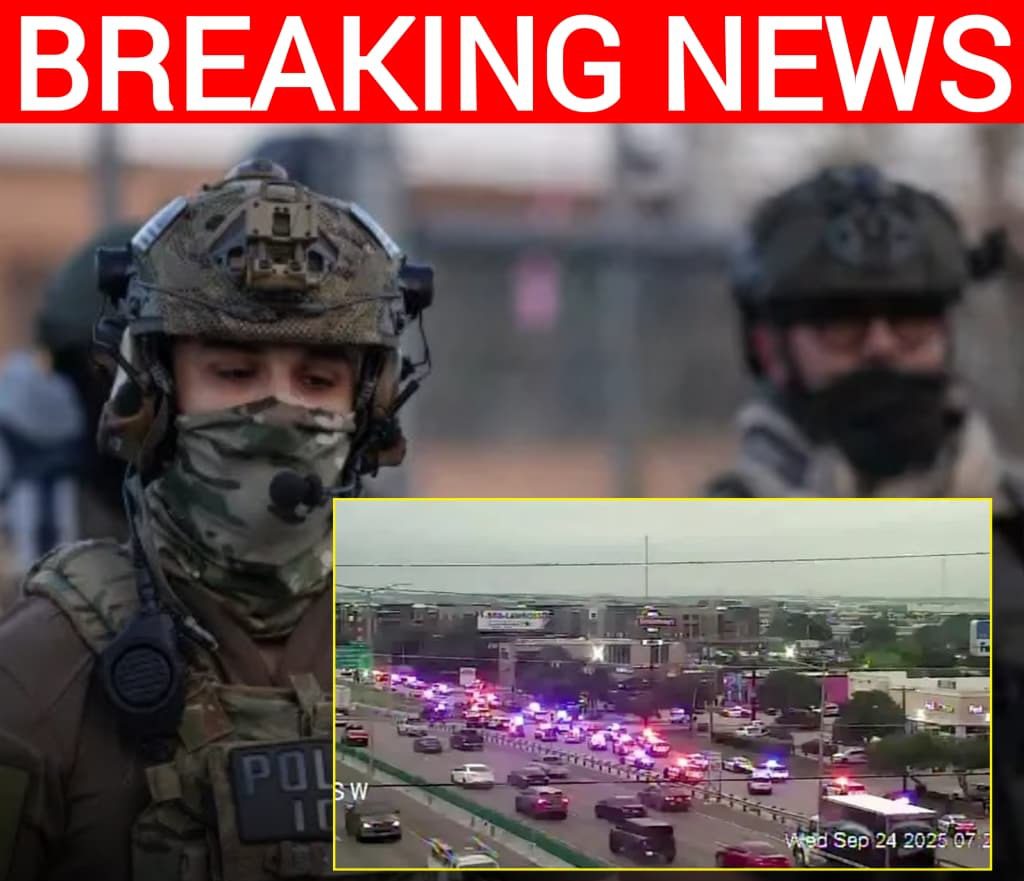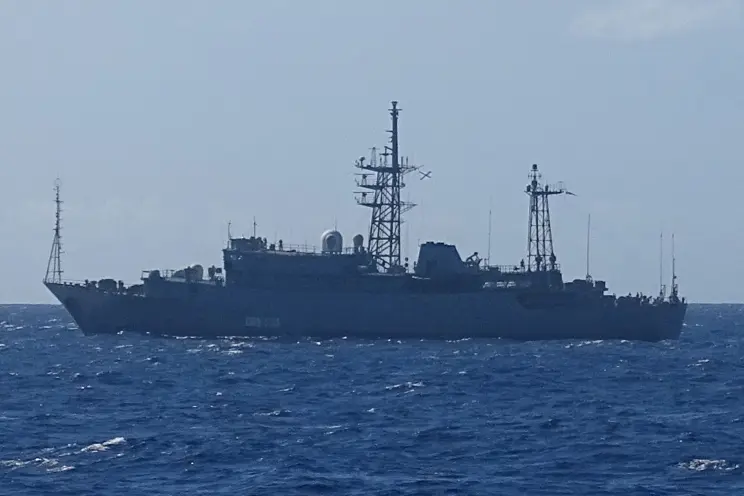Dallas ICE Facility Shooting Leaves Detainees Injured and Shooter Dead in Tragic Sniper Attack Amid Rising Tensions
The morning sky over Dallas turned from routine to terrifying in an instant when gunfire rang out at an Immigration and Customs Enforcement facility. It happened just after sunrise, as the daily operations of processing and transfers were underway. According to officials, a gunman opened fire from an elevated position, striking people inside the facility during a detainee transfer. Multiple individuals were shot, and while reports have varied on their conditions, federal sources confirmed that several victims were rushed to nearby hospitals and at least some lost their lives. The suspect was later found dead from what investigators believe was a self-inflicted gunshot wound, ending the attack but leaving behind a wave of fear and unanswered questions.
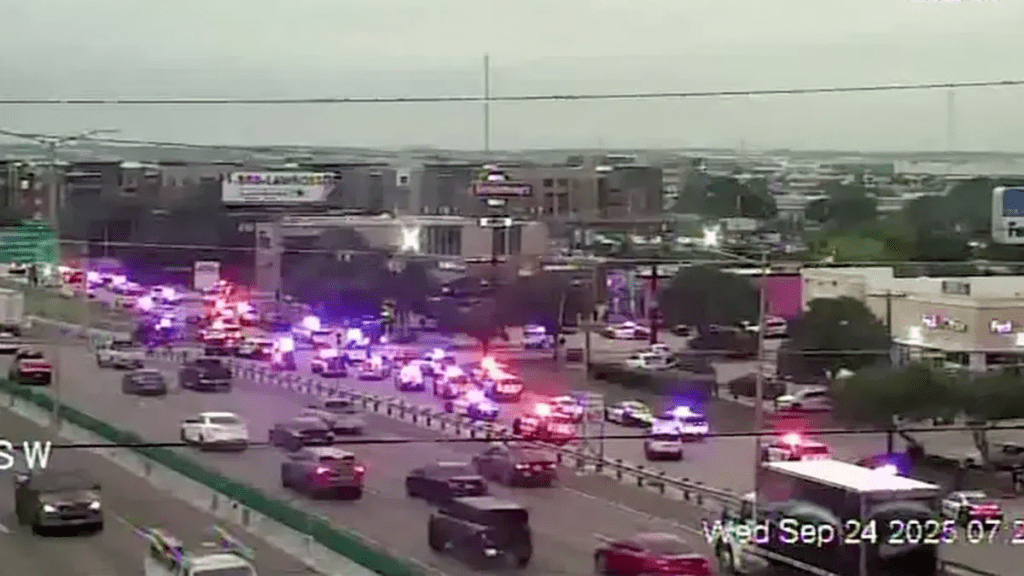
What makes this moment even more alarming is that this was not an isolated case of violence against ICE in Texas. Just a few months earlier, on July 4, 2025, ten suspects were arrested after attacking the Prairieland Detention Facility in Alvarado, a large ICE detention center south of Dallas. Those suspects now face federal terrorism and assault charges, and the scale of that plot had already shaken confidence in the security surrounding immigration facilities. Now, with this new sniper attack in Dallas, concerns about copycat incidents and a growing pattern of targeted violence are intensifying.
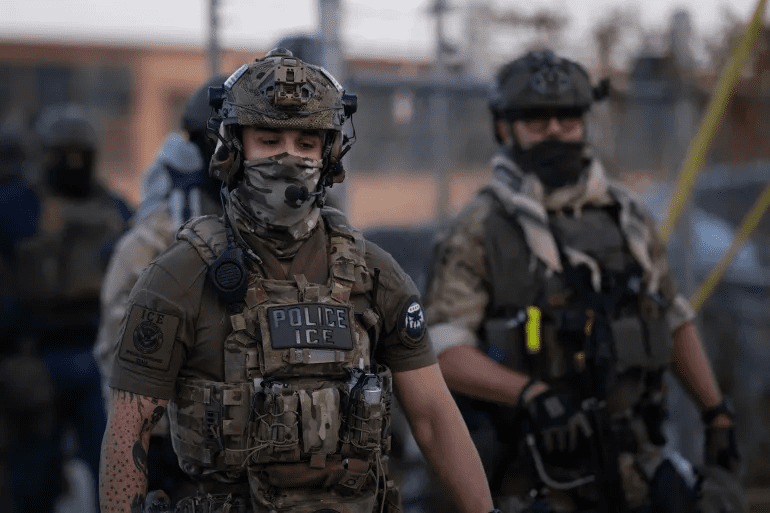
Officials moved quickly to respond. Homeland Security Secretary Kristi Noem called the attack a heinous act and promised a full investigation. Acting ICE Director Todd M. Lyons issued a statement expressing deep sorrow for the victims while also pledging to review security protocols and do everything possible to protect personnel, detainees, and surrounding communities. Texas leaders also weighed in, condemning the violence and reminding the public that such attacks endanger not only those directly targeted but also first responders and innocent bystanders.

Early reports indicated that no ICE officers were among the injured, though investigators cautioned that details were still being confirmed as the day unfolded. What is clear is that detainees being transferred at the facility were caught in the line of fire, underscoring the vulnerability of these moments when vehicles and secure passageways are most exposed. The fact that the shooter managed to position himself on a rooftop and open fire raises tough questions about surveillance, perimeter control, and whether ICE facilities are adequately protected against long-range attacks.
For many, this event symbolizes more than just a single act of violence. It has become another flashpoint in the larger debate over immigration, law enforcement, and national security. Some see it as a stark reminder that political tensions and anger directed at institutions can spill into dangerous territory when individuals resort to deadly force. Others are focusing on the need for unity, reminding Americans that no matter where one stands on policy, violence is never a solution.
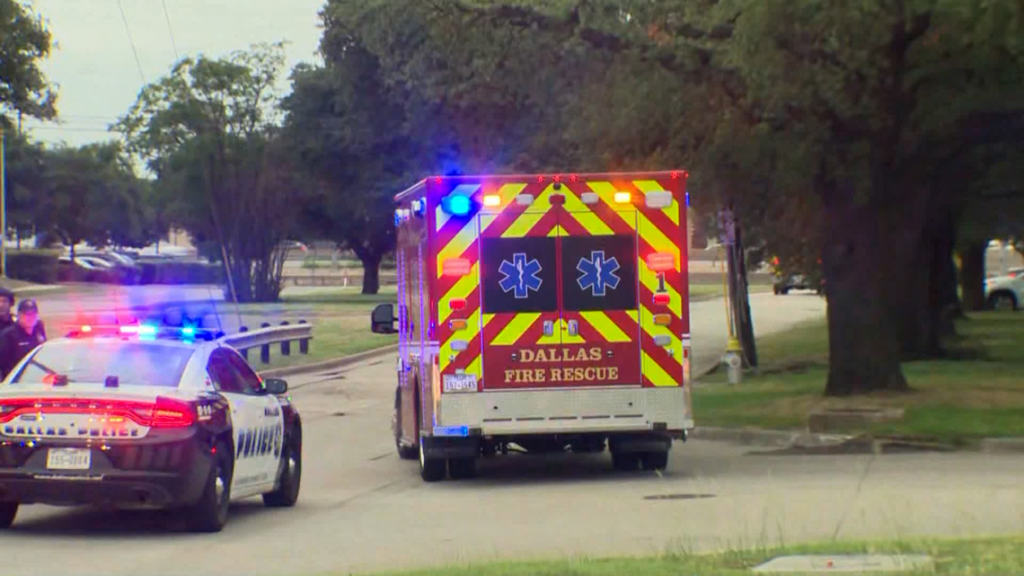
Residents in Dallas described the scene as overwhelming, with police lights flooding the highway and helicopters circling above. Some watched from their cars in shock as dozens of emergency vehicles raced to the facility. The images broadcast on national television showed just how quickly a normal morning commute turned into a nightmare. The sense of unease was heavy, and the questions people asked were simple but urgent: how could this happen, and what can be done to prevent it from happening again?
As investigators piece together the gunman’s motives and background, families of the victims are left facing sudden heartbreak. The story is not only about law enforcement or government agencies, but also about the human lives disrupted in an instant. People who were simply caught in the wrong place at the wrong time now bear the scars of a moment that should never have happened.
This attack will almost certainly bring new discussions in Washington about funding for facility security, potential upgrades to surveillance technology, and the balance between open public spaces and fortified government buildings. It is also likely to fuel ongoing debates about immigration and enforcement, though leaders across the political spectrum have already been clear that no matter where the debates land, violence cannot be tolerated.
The Dallas ICE facility shooting is a sobering reminder of how fragile safety can be and how urgent it is to address rising hostility before it turns into more tragedy. It is a moment that leaves behind grief, anger, and a deep call for solutions, not just words. While the investigation continues, the most important truth remains that lives were lost, families were shattered, and a community is left to reckon with the shock of what unfolded in the early hours of the morning.
